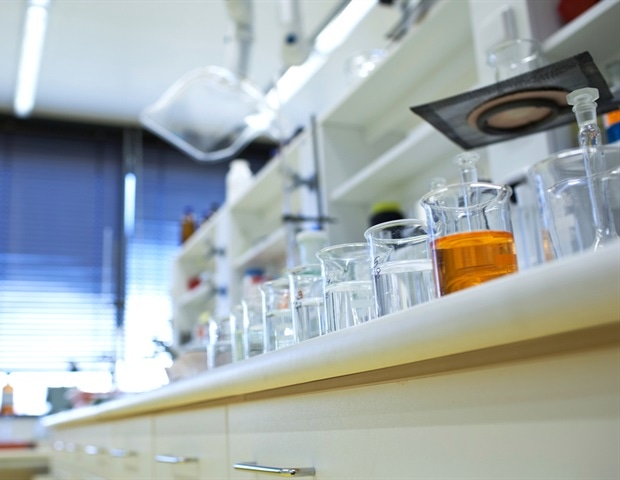Much of what we know about plant circadian rhythms is the result of laboratory experiments where inputs such as light and temperature can be tightly controlled.
Less is known about how these biological timing mechanisms function in the more unpredictable natural world, where they evolved to align organisms with daily and seasonal cycles.
A pioneering collaboration between researchers from the UK and Japan is helping to redress the balance through a series of innovative field experiments showing how plants combine clock signals with environmental cues under naturally fluctuating conditions.
Building on these field-based studies, a team of researchers from Kyoto University’s John Innes Centre and the Sainsbury Laboratory at the University of Cambridge have created a statistical model that could help predict how plants, including major crops, will respond to future temperatures.
“Our study highlights the value of international collaboration in advancing interdisciplinary science,” said Professor Antony Dodd, group leader at the John Innes Centre and senior author of the paper. “It will be fascinating to see how the processes we have identified in the lab also affect plants in their natural environment.”
“All living organisms have evolved within the context of their natural habitats,” said Professor Hiroshi Kudo of Kyoto University. “Much work lies ahead to evaluate the function of genetic systems under natural conditions. This study was designed as one of the beginnings of such efforts.”
Previous work by Professor Dodd’s group has identified a genetic pathway under the control of the biological clock that functions to protect photosynthetic plants from cellular damage under bright and cold conditions.
This study PNASBuilding on strong evidence from “nature” studies led by Professor Hiroshi Kudo, the research team set out to identify this same mechanism in nature.
In two field surveys, conducted around the spring and autumn equinoxes in March and September, the research team analysed natural populations of Arabidopsis at sites in rural Japan.
They monitored how the plants’ gene expression changed over a 24-hour cycle as light and temperature were altered.
In their experiments, they extracted RNA from the plants every two hours, froze these samples, took them back to the lab and analysed them to track gene expression levels in the tissues.
The team also built a device that allowed them to manipulate the temperature around the plants, recreating the conditions they had created in the lab in previous studies.
Plants are highly sensitive to red and blue light, so to avoid affecting the results of the experiment, the researchers fitted green filters over their headlights to block the plants from seeing them during their nighttime visits.
It’s amazing how difficult it is to identify green plants with green headlights in the middle of the night in the pouring rain.”
Professor Anthony Dodd, Senior Author
The researchers used information gathered from the samples to observe patterns of gene expression in a previously discovered genetic pathway that integrates information from the plant’s circadian clock with light and temperature signals.
The data collected showed that plants in wild populations exhibited the same sensitivity to cold and bright dawn conditions as previously observed in laboratory experiments.
Based on this information, the team developed a statistical model that accurately predicts how gene expression activity under the control of the circadian clock responds to environmental signals throughout the day in nature.
“We believe this is the first time that the entire circadian clock signalling pathway has been modelled in plants growing outdoors,” Professor Dodd said.
“If we can create models that can accurately predict gene expression in relation to environmental conditions, we may be able to breed plants that can adapt to future climate conditions.”
“The flexibility of Bayesian time series modelling has enabled us to elucidate complex signal integration in natural environments. This approach has proven particularly effective for studies conducted in complex environmental settings,” said Dr. Haruki Nishio of Shiga University, co-first author of the study.
In this study, we investigated plant responses at the gene expression level. The next step in this research will be to apply the statistical models developed in this study to plant physiology such as photosynthetic rate and temperature adaptation.
Circadian clock researcher Dr Dora Cano Ramirez, now at the Sainsbury Laboratory, University of Cambridge and co-first author of the study, said: “The circadian clock controls many important plant processes, as shown in studies in laboratory settings, but the extent to which these processes apply to field conditions was previously unknown.”
“Modeling this signaling pathway to understand how processes controlled by circadian rhythms cooperate with a fluctuating environment could help us predict plant responses in an increasingly unpredictable climate.”
sauce:
Journal References:
Hideki Nishio others(2024). Integration of circadian rhythms and environmental signals in natural populations Arabidopsis. Proceedings of the National Academy of Sciences. doi.org/10.1073/pnas.2402697121.


